5 lo-fi guitar chords to add to your progressions
These chord voices are so cool they're worth the stretch
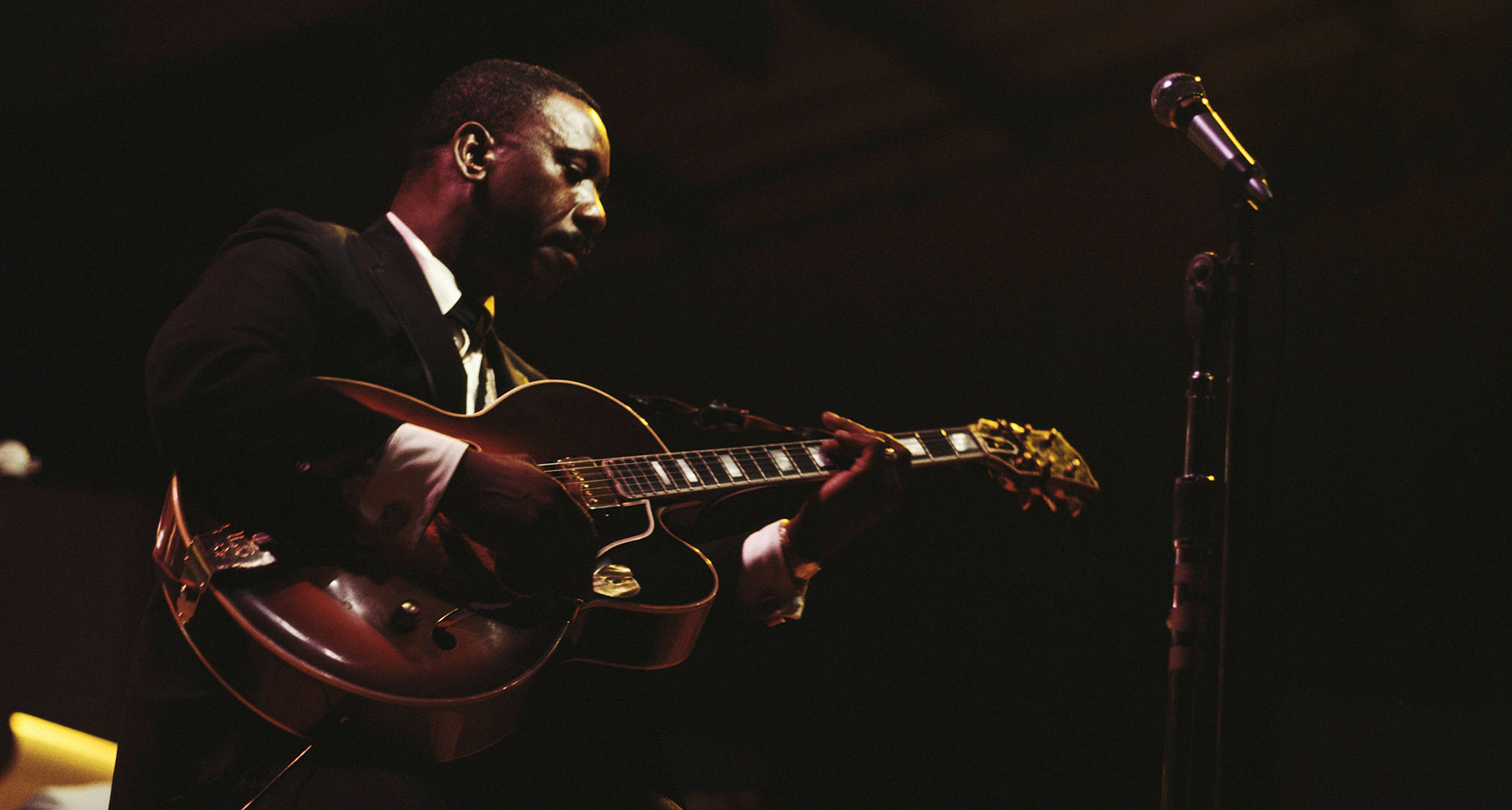
Lo-fi is to audio what black-and-white or sepia-tinted film is to visual. Often lo-fi tracks will loop a sample from an old vinyl record, complete with scratches and crackles, then drop it over a modern beat.
In this case, the idea is to be able to create your own loops or chord progressions, although this knowledge is useful beyond this genre, too, of course.
Apologies in advance for Example 1, which is a bit of a stretch, but sometimes we have to make these sacrifices if we’re going to find voicings you don’t hear every day! All of these chords have their highest note (B) in common, with most of them also featuring F# as the second highest.
As we play through these, it’s interesting to hear the shifting intervals and changing relationships. It’s yet another angle at which we can look at harmony and chord construction, which benefits every single area of our playing – with the possible exception of an aching fretting hand…
Example 1. Gmaj7
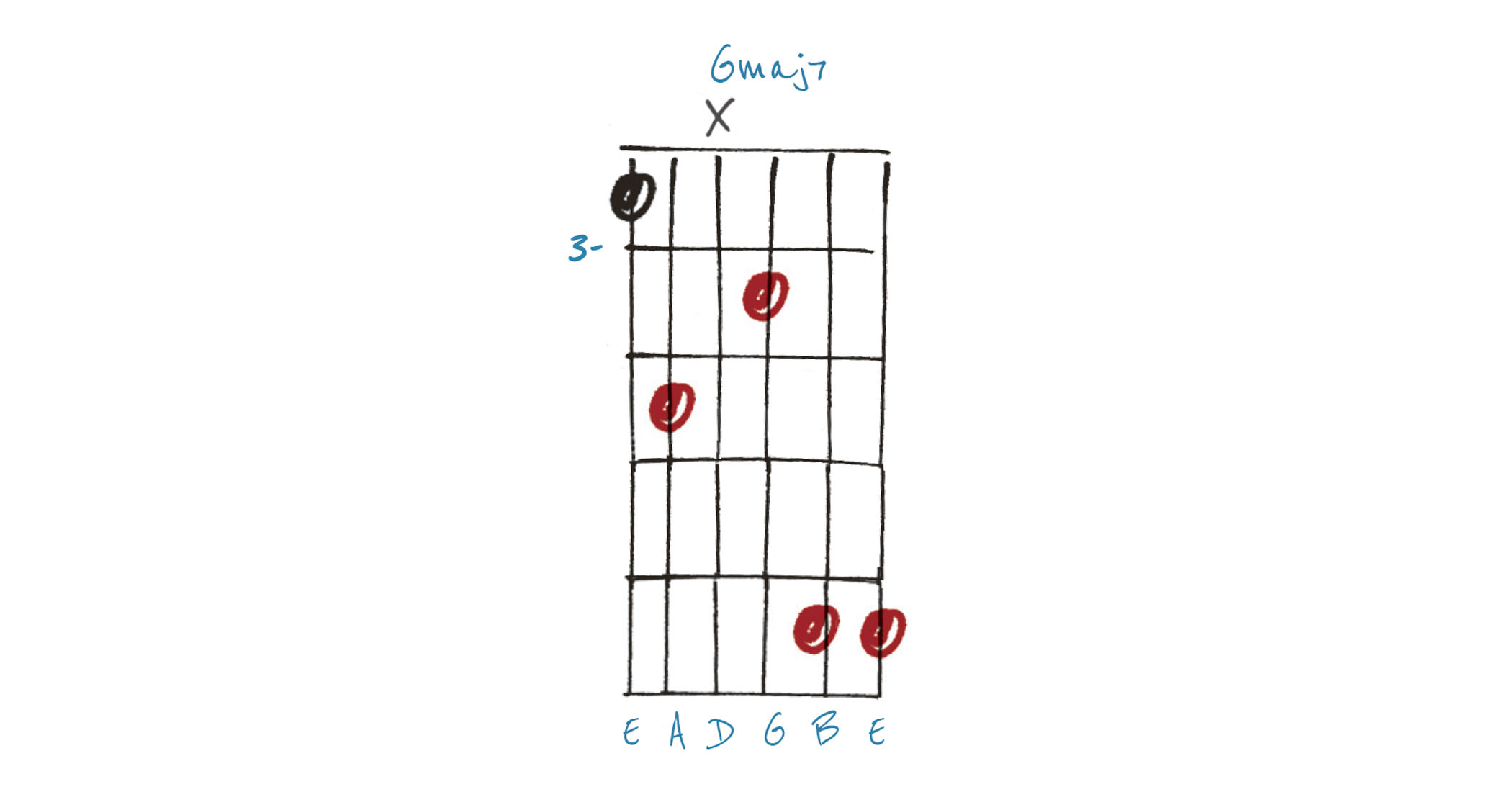
This is a Gmaj7 but with an unusual stacking of notes and a wide skip between the 5th (D) on the fifth string and the 3rd (B) on the third string.
On the top two strings we have the maj7th (F#) and another 3rd (B) in ascending order. The fourth string is muted.
Example 2. G#7(#9)
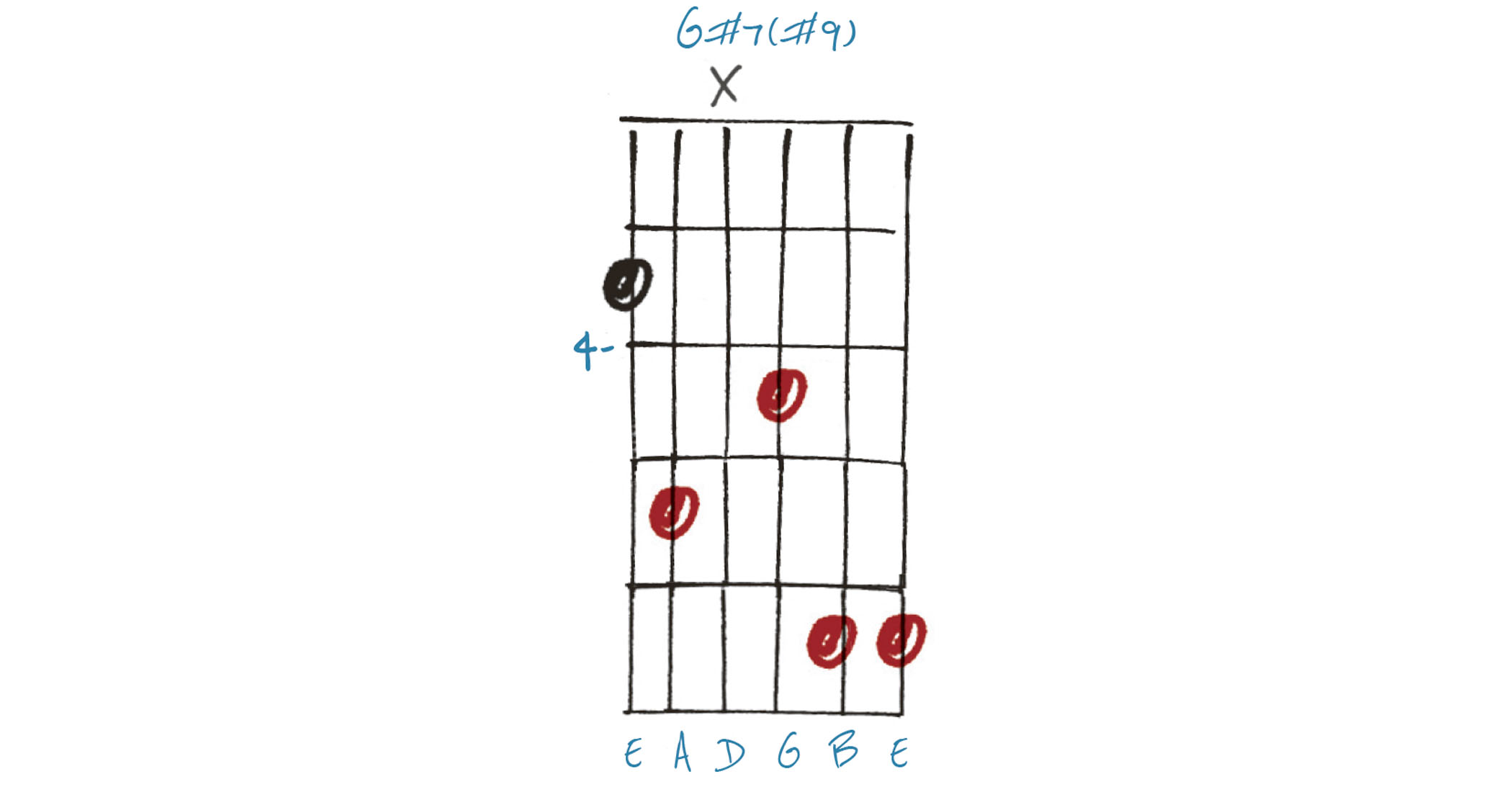
This is a very similar shape, but it keeps the top two notes (F# and B) while we shift everything else up one semitone or fret. The result is a G#7(#9).
If you moved your fourth finger up to the 8th fret, you’d be back to the maj7th voicing but in G#.
Example 3. Am9
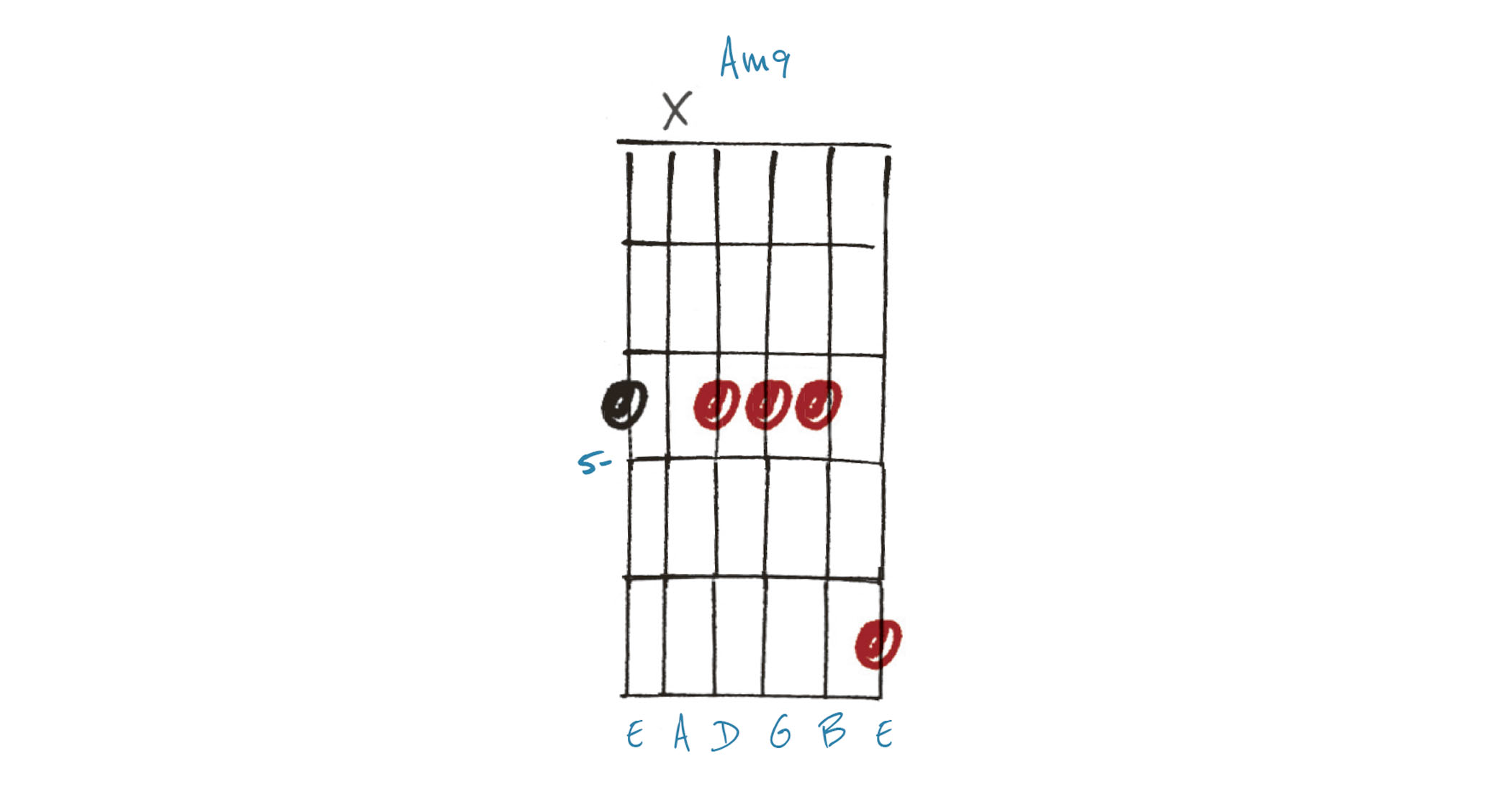
This Am9 keeps the B on the top, but we lose the F# for now. In this position we could use the open fifth string as our root, but we’d lose some consistency in the tone and the chord wouldn’t be movable, so that’s the reason for this seeming harder than it needs to be!
Example 4. D13(b9)
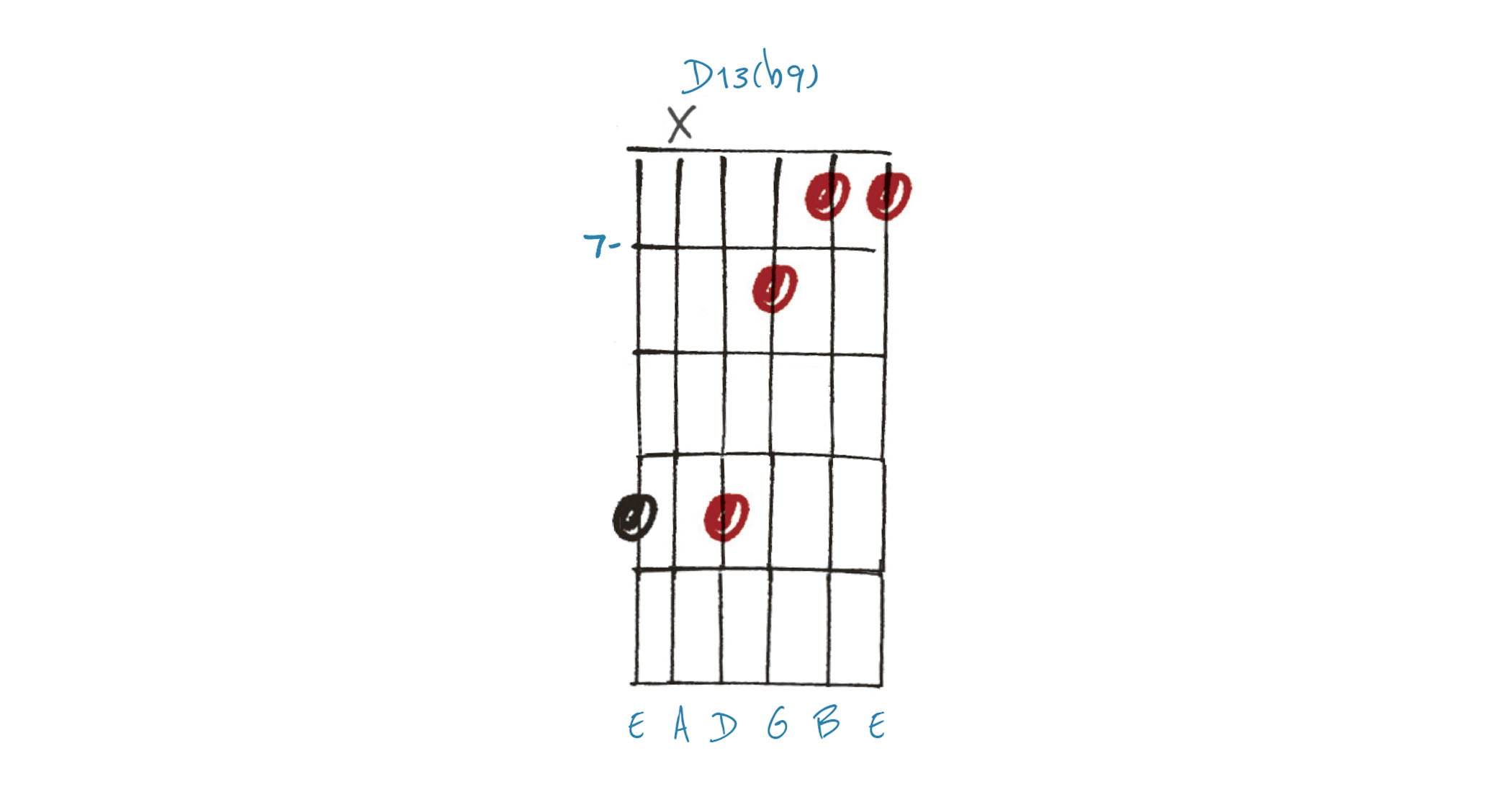
Like a few of the other examples, this D13(b9) doesn’t use the fifth string. This means we have a wide interval of a dominant 7 (aka b7) between the root and the next note in the chord as you brush across the strings.
The top three notes give us the b9th (Eb), the 3rd (F#) and the 13th (B).
Example 5. Gmaj9
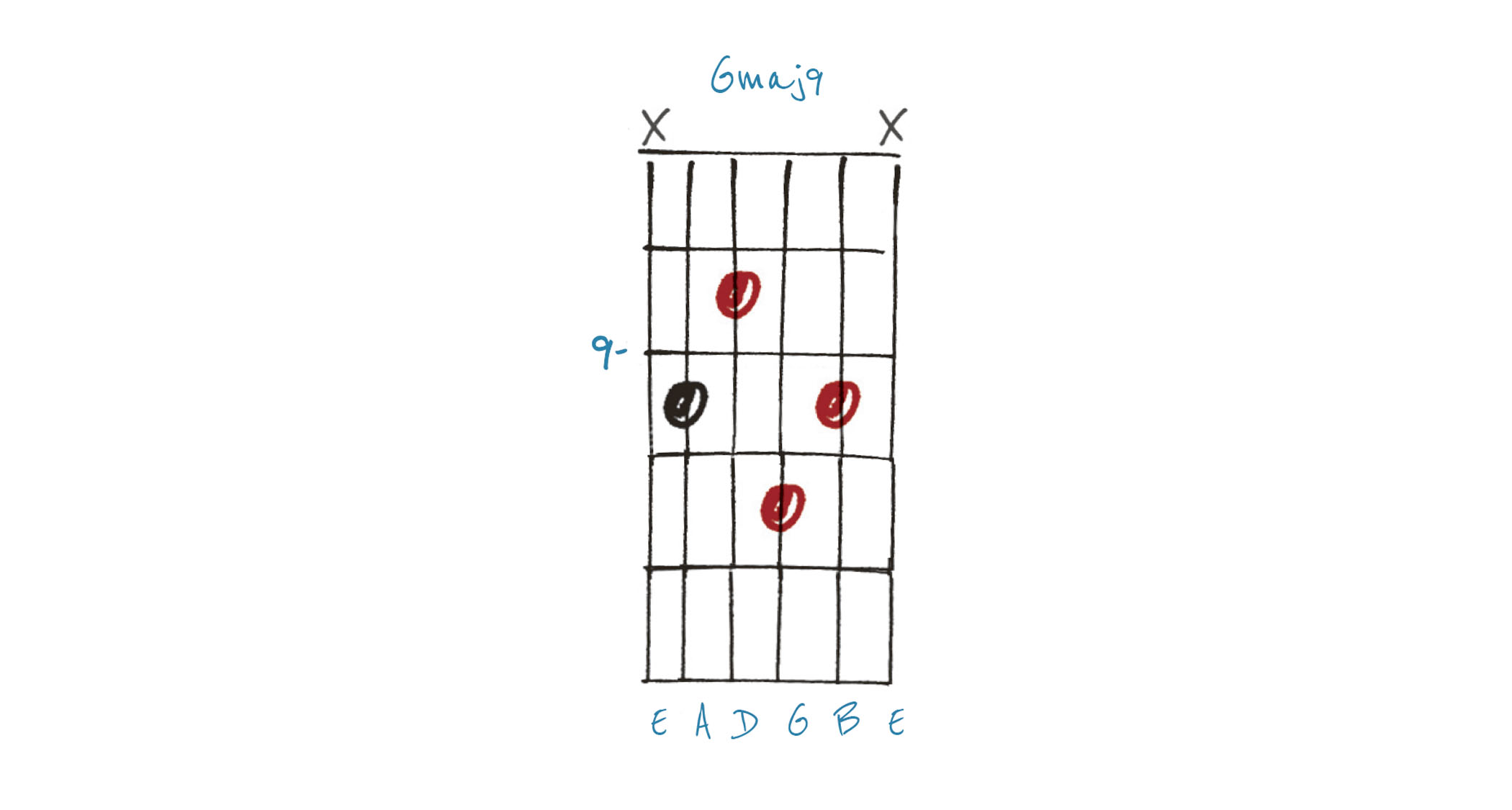
This Gmaj9 gives a nice finishing chord, meaning Examples 3, 4 and 5 in sequence give us the II-V-I progression, a classic chord move in this style.
Perhaps it would be nice to cycle Examples 1 to 4 a few times, then finish with this? From bottom to top, we have: Root (G), 3rd (B), maj7th (F#) and 9th (A).
- This article first appeared in Guitarist. Subscribe and save.
Get The Pick Newsletter
All the latest guitar news, interviews, lessons, reviews, deals and more, direct to your inbox!
As well as a longtime contributor to Guitarist and Guitar Techniques, Richard is Tony Hadley’s longstanding guitarist, and has worked with everyone from Roger Daltrey to Ronan Keating.
You must confirm your public display name before commenting
Please logout and then login again, you will then be prompted to enter your display name.

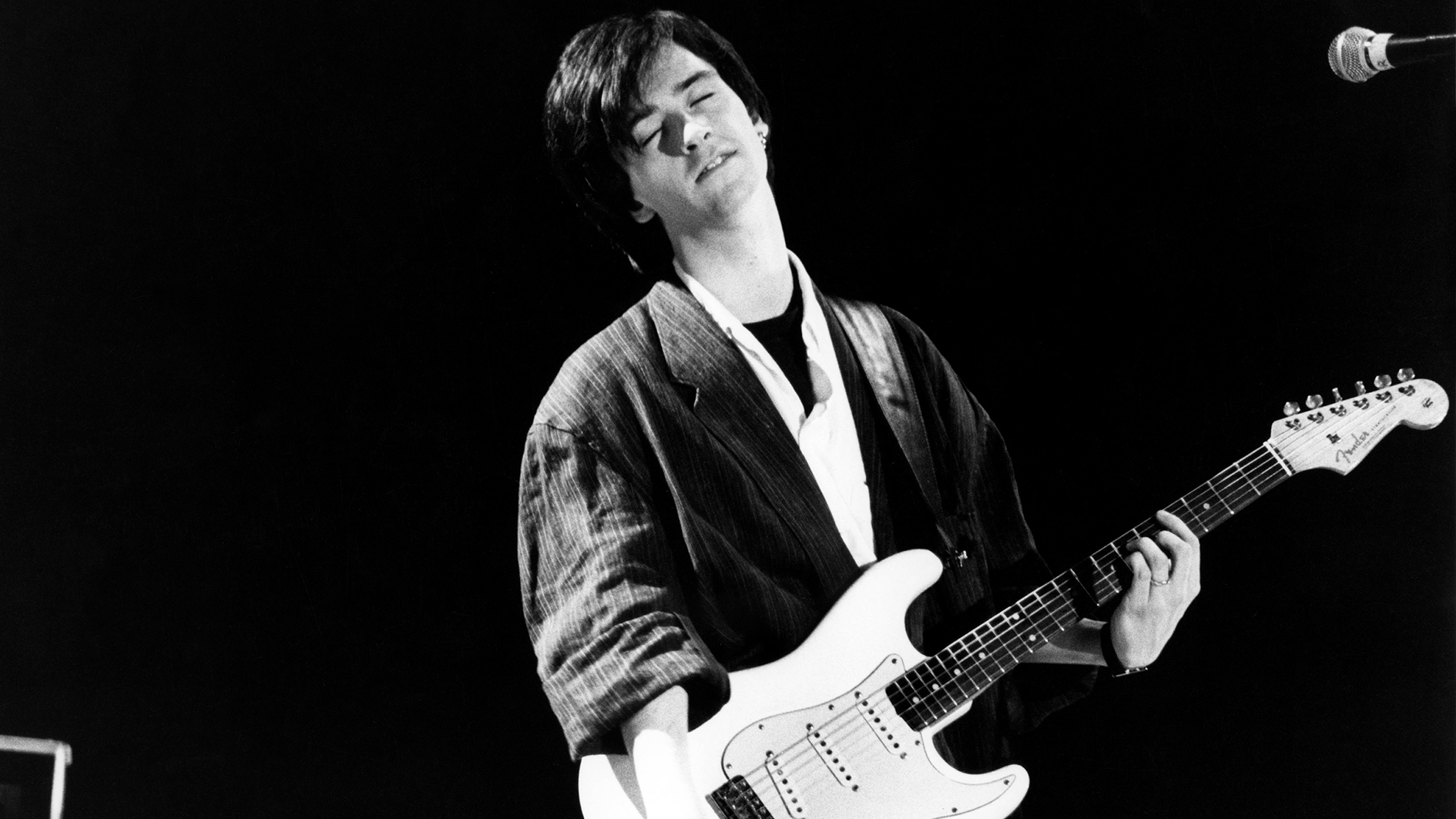







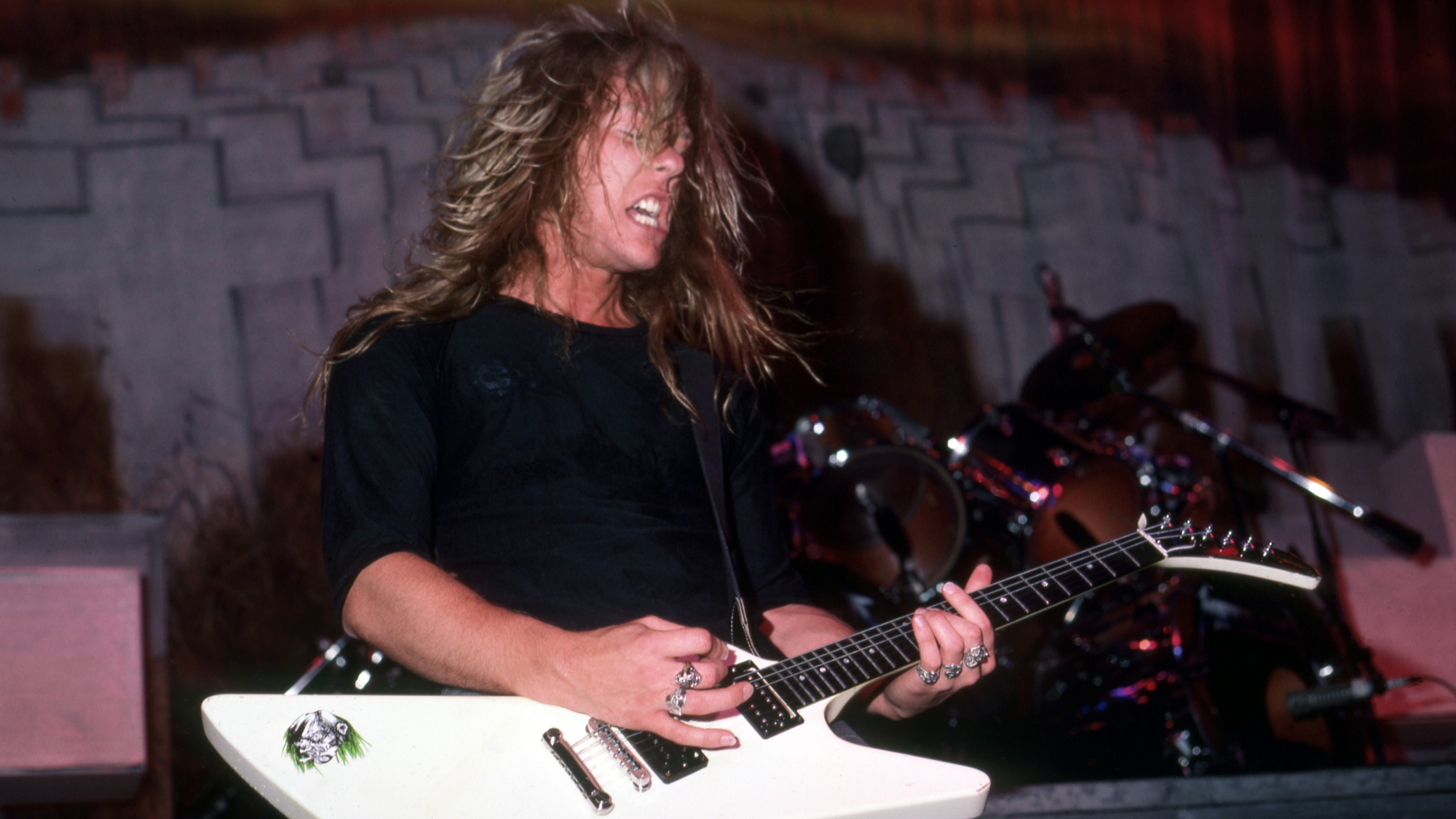
![Joe Bonamassa [left] wears a deep blue suit and polka-dotted shirt and plays his green refin Strat; the late Irish blues legend Rory Gallagher [right] screams and inflicts some punishment on his heavily worn number one Stratocaster.](https://cdn.mos.cms.futurecdn.net/cw28h7UBcTVfTLs7p7eiLe.jpg)
